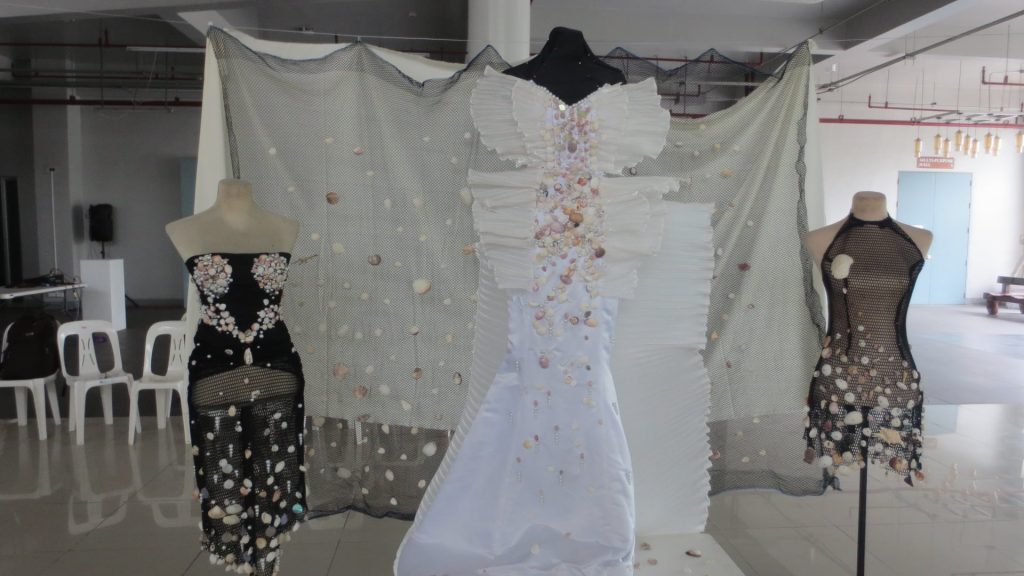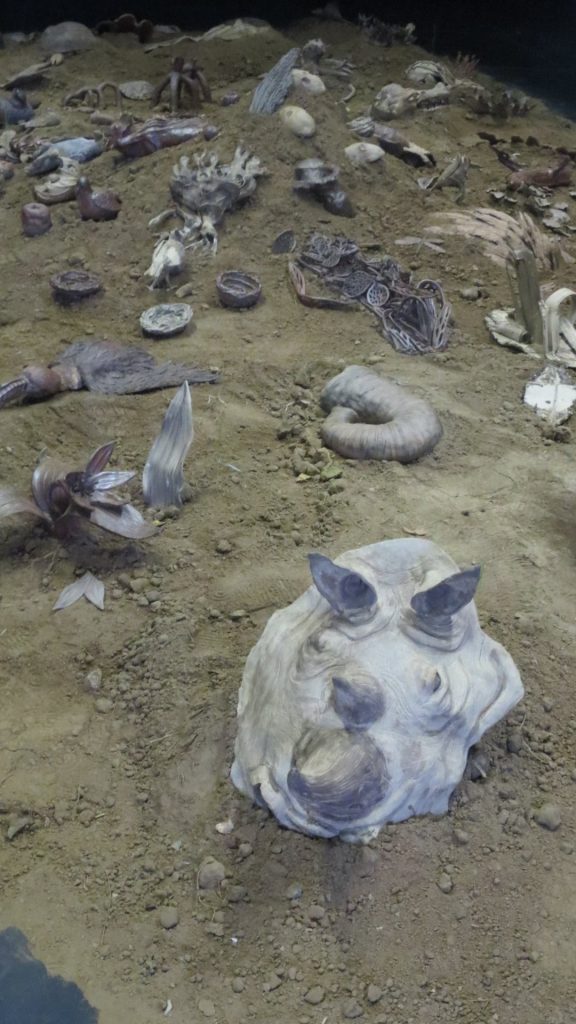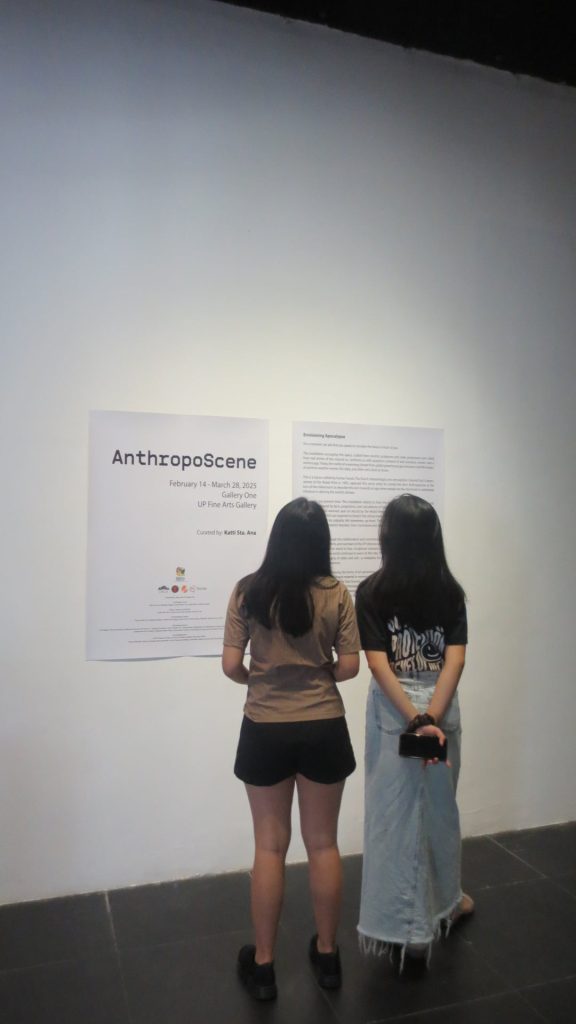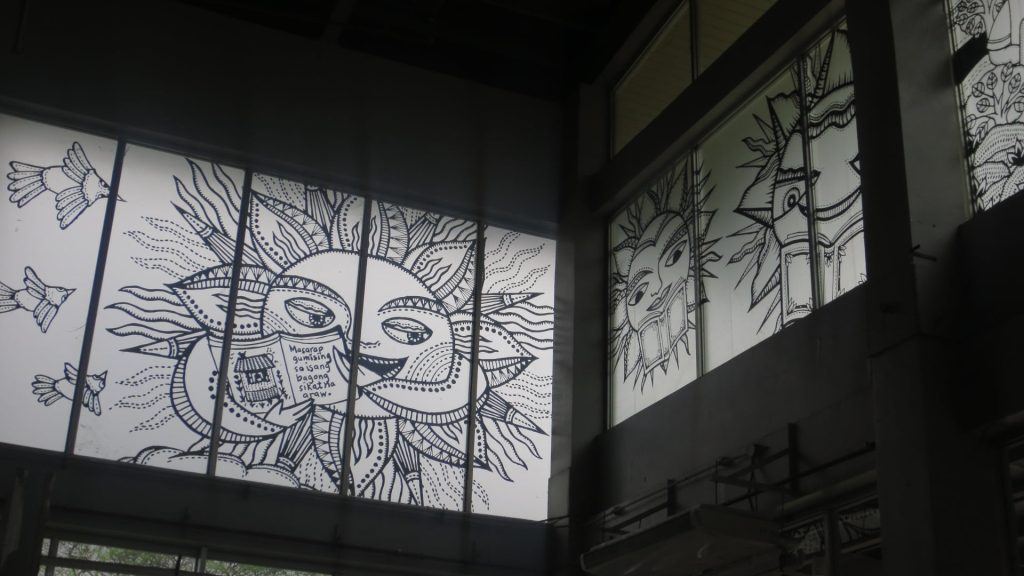
Eliana Psalm C. Tabor | Arts 1 (Critical Perspective in the Arts) WFU-5
Posted on September 15, 2025
“I hate history…” I whispered under my breath as I clenched the test paper in my hand. History has always been a topic that I could never truly grasp. As someone who finds it difficult to memorize dates and recognize faces, I’ve always had trouble understanding the depths of stories that lie even deeper than what a work of art shows on its surface. Therefore, I expected the Parola visit to be just the same.
Yet, it wasn’t.
Maybe it was because that was the first time I visited a museum after many years— or maybe it was the nameless artworks we marveled at; I simply learned how to appreciate art as what it was— beautiful.

Without the obligation of having to read in between the lines, I was given the opportunity to simply admire. By doing so, my own interpretations and conclusions came to life. Simply seeing had sparked my own desire in finding deeper contexts and intentions. Each piece reflected its own story to tell.


After that day, I had the sudden urge to write poetry. It has always been a means for me to express my thoughts, and only after I’ve written it can I truly understand what I felt.
“Silence is the absence of sound;
Sound is a proof of life,
proof of the energy flowing in every place.
It is in the whispers of wind that brushes through leaves,
The waves of oceans that hit the shore,
The first and last breath of every being,
The beating hearts of those still believing.”
My writing initially didn’t make any sense to me, but as I looked back, I began to see my understanding of how art serves as the “sound” that proves historical moments and human experiences once existed. The “whispers of wind through leaves” reminded me of how art captures the quiet, intimate details of historical life, while the “waves of oceans that hit the shore” paralleled the powerful artistic movements that crash across history with transformative impact. Without art preserving these historical “sounds,” entire civilizations would fall into the silence of being forgotten. Art transforms historical facts into living sound, preventing the past from becoming merely silent data. It ensures history doesn’t just inform us but moves us; that previous generations’ energy and life force continue flowing through creative expression into our present moment.
As someone who had difficulties in history, I found a renewed sense of connection with art— whether it is the art preserved in a museum, or just simply out and about. Art will always be birthed from an artist who has experienced life, reflecting the cultures, behaviors, and actions that have led to certain situations. This has imparted to me the importance of history in art, wherein art becomes a living testament to the human experience across time. Through this lens, I realized that history isn’t just about memorizing dates or recognizing faces—it’s about understanding the heartbeat of humanity that continues to pulse through every artistic creation. Art doesn’t just document history; it preserves the very soul of it, ensuring that the whispers of the past never fall completely silent, and that the energy of those who came before us continues to flow into our present understanding of what it means to be human.


Eliana Psalm Tabor is a first-year BS Tourism major who aims to create a narrative to better appreciate the little things in life. One of her strongest advocacies is grounded on children’s rights and welfare, particularly in the education sector.
